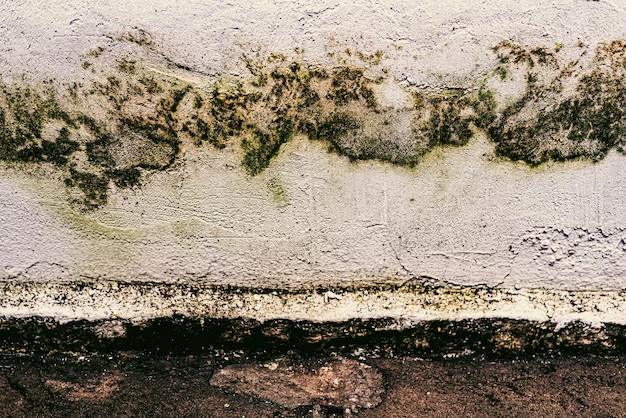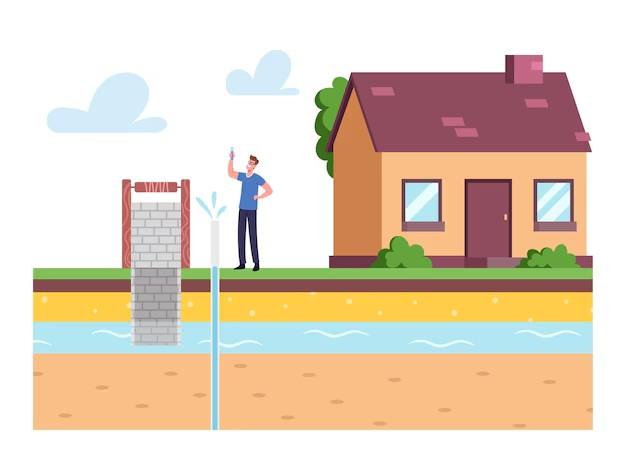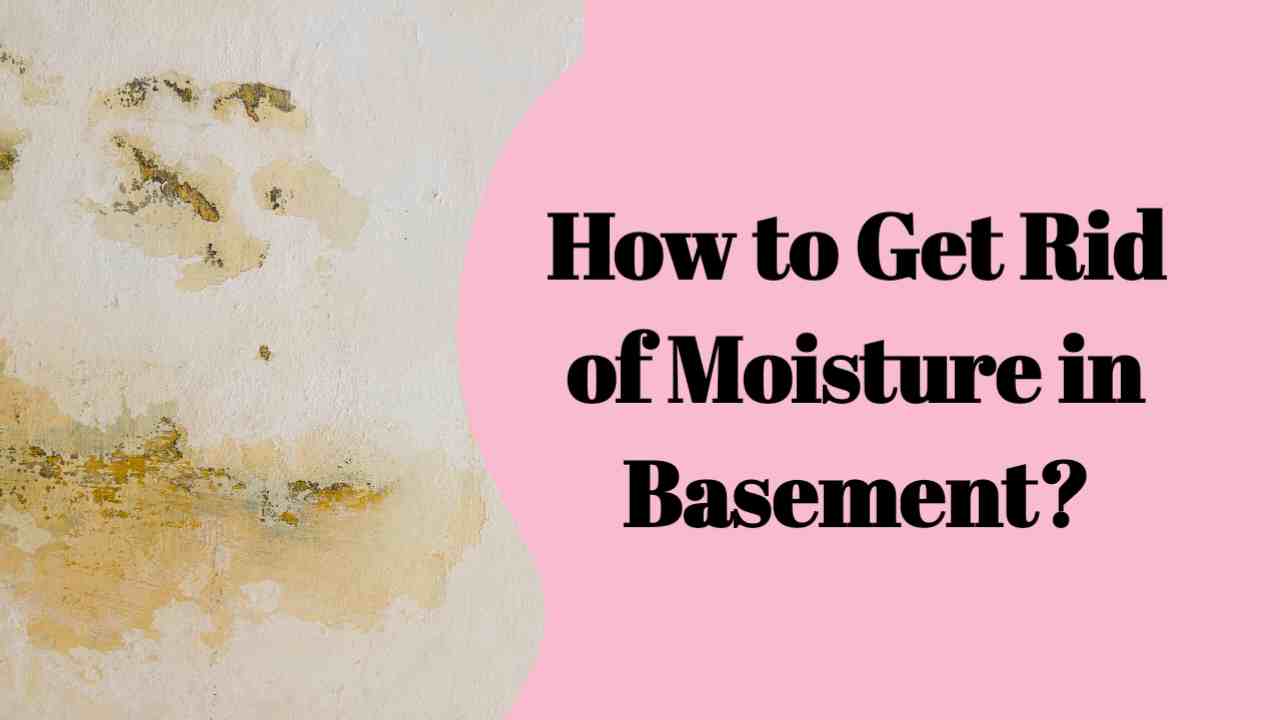Do you dread stepping into your basement because of that musty smell or the sight of damp walls? You’re not alone. Many homeowners struggle with the challenge of how to get rid of moisture in basement. But here’s the good news: with the right steps, you can turn your damp, gloomy basement into a dry, welcoming space. In this guide, we’ll walk you through practical, easy-to-follow solutions to tackle moisture in your basement walls, floors, and air. Whether you’re dealing with humidity, condensation, or water leaks, we’ve got you covered.
Why Moisture in the Basement is More Than Just a Nuisance
Imagine this: You’ve just moved into your dream home, but every time you go downstairs, you’re greeted by a damp, unpleasant smell. Over time, you notice mold creeping up the walls, and your allergies start acting up. This isn’t just an inconvenience—it’s a problem that can affect your home’s structural integrity and your family’s health. Excess moisture can lead to mold growth, wood rot, and even damage to your foundation. That’s why learning how to get rid of moisture in basement walls and floors is so important. It’s not just about comfort—it’s about protecting your home and your loved ones.
Step-by-Step Guide: How to Get Rid of Moisture in Basement
1. Start by Identifying the Source of Moisture

The first step in solving any problem is understanding its root cause. Ask yourself:
- Are there visible cracks in the walls or floors?
- Is water pooling near your foundation after heavy rain?
- Does the air feel heavy and humid, even on dry days?
Common sources of basement moisture include leaks, poor drainage, high humidity, and condensation. Once you’ve identified the source, you can take targeted action to fix it. For more information on identifying moisture sources, check out this guide by the EPA.
2. Fix Leaks and Cracks in Basement Walls and Floors

If you’re wondering how to get rid of moisture in basement walls, start by inspecting for cracks or leaks. Small cracks can be sealed with waterproof sealants, while larger issues may require professional help. For example, hydraulic cement is a great option for filling cracks in concrete walls and floors. If the problem persists, consider installing an interior or exterior waterproofing membrane for long-term protection. Learn more about waterproofing solutions from This Old House.
3. Improve Drainage Around Your Home

Poor exterior drainage is one of the most common causes of basement moisture. Here’s what you can do:
- Clean your gutters regularly to prevent clogs that can cause water to overflow and pool near your foundation.
- Extend downspouts at least 5-10 feet away from your home to ensure water is directed away from the foundation.
- Grade the soil around your home so it slopes away from the foundation. This simple step can prevent water from seeping into your basement. For a detailed guide on improving drainage, visit Family Handyman.
4. Use a Dehumidifier to Control Humidity
If you’re dealing with how to get rid of humidity in basement, a dehumidifier is your best friend. These devices remove excess moisture from the air, preventing mold and musty smells. Choose a unit with a built-in humidistat for optimal control. For larger basements, consider a high-capacity dehumidifier that can handle the square footage. Check out this buyer’s guide by Consumer Reports to find the best dehumidifier for your needs.
5. Ventilate Your Basement
Proper ventilation is key to reducing moisture. Open windows when the weather permits, or install exhaust fans to improve airflow. This is especially helpful if you’re figuring out how to get rid of humidity in basement without dehumidifier. Additionally, consider using a fan to circulate air and reduce stagnant, humid conditions. For tips on improving basement ventilation, visit Bob Vila.
6. Insulate Pipes and Walls to Prevent Condensation
Condensation occurs when warm, moist air comes into contact with cold surfaces. To tackle how to get rid of condensation in basement, insulate your pipes and walls. Foam pipe insulation is an affordable and effective solution for pipes, while rigid foam boards can be used to insulate basement walls. This will help maintain consistent temperatures and reduce moisture buildup. Learn more about insulation options from Energy.gov.
7. Use Moisture-Absorbing Products
For a quick fix, consider using moisture-absorbing products like silica gel or calcium chloride. These are especially useful if you’re looking for how to get rid of moisture in basement without major renovations. Place these products in areas prone to dampness, such as corners or near windows. For a list of effective moisture absorbers, check out The Spruce.
8. Install a Sump Pump for Water Removal
If you’re dealing with how to get rid of water in basement floor, a sump pump can be a lifesaver. This device collects and pumps out water that accumulates in your basement, preventing flooding and water damage. Sump pumps are particularly useful in areas with high water tables or frequent heavy rainfall. For a comprehensive guide on sump pumps, visit HomeAdvisor.
9. Seal Your Basement Floor and Walls
Applying a waterproof sealant to your basement floor and walls can help prevent moisture from seeping in. This is a great long-term solution for how to get rid of dampness in basement. Epoxy-based sealants are highly durable and provide excellent protection against water intrusion. Learn more about sealing your basement from DIY Network.
10. Monitor and Maintain
Once you’ve implemented these solutions, it’s important to monitor your basement regularly. Check for signs of moisture, such as damp spots or musty odors, and address them promptly. Regular maintenance can prevent small issues from turning into major problems. For tips on basement maintenance, visit Angi.
Read Also:- How to Get Rid of Spiders in Basement?
How to Get Rid of Moisture in Basement Without Breaking the Bank
If you’re on a budget, don’t worry—there are plenty of affordable ways to tackle basement moisture. Start with simple fixes like improving ventilation, using moisture-absorbing products, and sealing cracks. These steps can make a big difference without requiring a significant investment. For example, a $20 bottle of waterproof sealant can save you hundreds of dollars in potential repairs.
Common Mistakes to Avoid

While addressing how to get rid of moisture in basement, it’s easy to make mistakes that can worsen the problem. Avoid these common pitfalls:
- Ignoring small leaks or cracks: Even minor issues can lead to major water damage over time.
- Overlooking exterior drainage issues: Poor drainage is often the root cause of basement moisture.
- Relying solely on a dehumidifier: While helpful, a dehumidifier won’t fix underlying issues like leaks or poor drainage.
Real-Life Example: A Homeowner’s Journey to a Dry Basement
Meet Sarah, a homeowner who struggled with a damp basement for years. She tried everything from using a dehumidifier to sealing cracks, but nothing seemed to work. Finally, she decided to tackle the root cause: poor exterior drainage. By cleaning her gutters, extending her downspouts, and regrading the soil around her home, Sarah was able to solve her basement moisture problem once and for all. Her story is a reminder that sometimes, the solution lies in addressing the root cause.
Say Goodbye to Basement Moisture for Good
Dealing with moisture in your basement can feel overwhelming, but with the right approach, it’s entirely manageable. By following the steps outlined in this guide, you’ll be well on your way to solving how to get rid of moisture in basement walls, floors, and air. Remember, a dry basement isn’t just about comfort—it’s about protecting your home and your family. So roll up your sleeves, take action, and enjoy the peace of mind that comes with a moisture-free basement.
FAQs:-
How do I know if my basement has too much moisture?
Look for signs like damp walls, musty odors, mold growth, or water stains.
Can I use a fan to reduce basement humidity?
Yes, fans can help improve airflow and reduce humidity, but they’re not a long-term solution.
What’s the best way to get rid of water in basement floor?
Installing a sump pump or improving exterior drainage are effective solutions.

